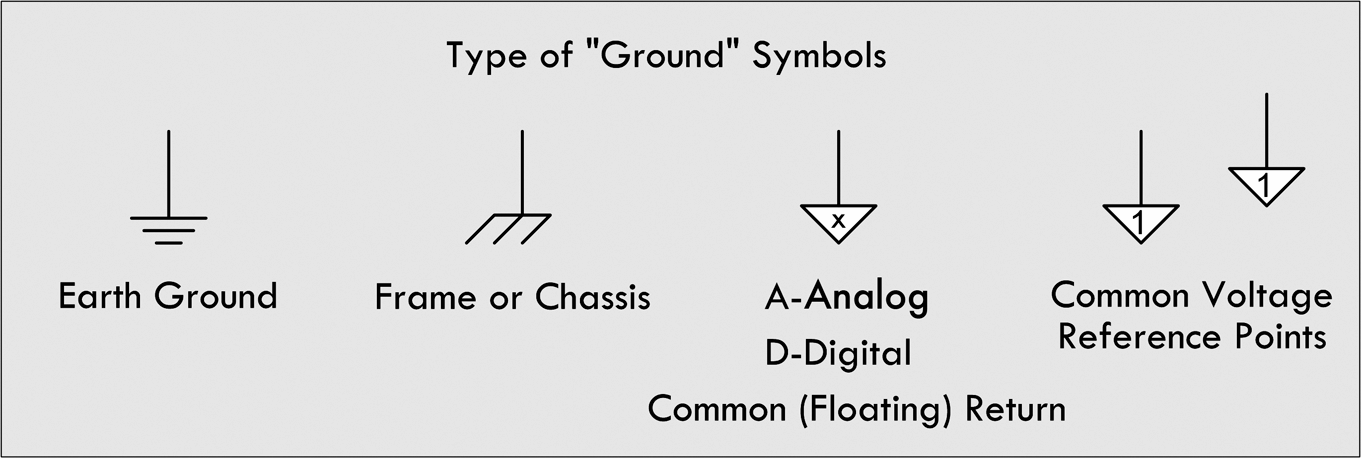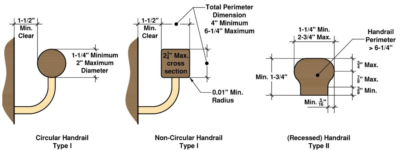Here is a great video that covers most of what is below.
Electrocution and how to Avoid it (I strongly recommend watching this excellent video before working with electricity, and read the description as well…)
No connection, no flow.
To have a flow of electricity you must have a flow of electrons that have a path to leave the source and then return to the source. No connection, no flow. You can induce current to flow in physically separate conductors due to the interaction of the magnetic and electric fields. But there must always be a return path in any given simple circuit. This flow is irrespective of ground, but only from the source and back to the source.
Ohms law

The myth, the man, the legend. It’s hard to understate the importance of Ohms law on our society. Without a firm understanding of it you will be lost, but with it you can parse your way through most basic electric flow. It was developed before we even knew what electricity was, devised by a combination of insight and experiment, while still taking the fundamental cues from those before, like so many great things.
I = V/R
Amps = Volts/Resistance
This simple formula and its permutations gives you all the control you need to predict the basic characteristics of circuits extremely accurately. Need to know what size wire you need for a given amount of amp flow? Ohms law. Need to know what size resistor to use to drop the current enough for that complicated set of LEDs in series parallel? Ohms law. Need to know how to impress an electrician? You got it, know Ohms law!
As a side note; electricity does not follow the path of least resistance, electricity goes through ALL available paths. Resistance only controls how much current goes through a particular path, as described by Ohms law above. This is similar to heat migrating through an object. The heat will move in all directions and the thinner and less conductive sections will simply move less heat per unit time, but it flows everywhere it can, anytime it can.
Lightning
Lightning goes from cloud to ground (or ground to cloud, or cloud to cloud…) because that is the source of the energy. Static charges build up due in part to being bombarded by cosmic rays and the Earths natural radioactive decay, and then eventually the voltage builds up high enough (roughly 400,000 volts) that the energy will arc back to the source (usually the Earth) as a high current mainly DC pulse of energy. And while lightning may dissipate in the Earth, other sources of electricity do not inherently travel to the Earth and then magically dissipate. It will only travel through the Earth if it can use it to get back to its source, whatever that may be. Remember, there must be an electrical potential for electricity to flow!
Electrical Injuries
People get shocked when there is a voltage potential greater than the insulation preventing the flow through an individual. The greater the voltage, the greater the risk of the insulation breaking down and causing an unwanted, and always unexpected flow of energy.
0.5ma to 1ma is usually regarded as the threshold for being able to feel a shock. This is a small tingle. It starts to be felt as pain starting around 5ma. With an amp flow of as little as 15ma, all muscles in the electrical path contract to the point that it is physically impossible to control them one can no longer let go of an object you are grasping, and indeed due to the contractions you will likely be grasping extremely tightly. If you find yourself in this situation, if the energy does not stop, you will die.
Since every muscle is contracting an maximum force this is why there is a characteristic reaction when a person is electrocuted. The strongest muscles win. So the legs extend and the hands close. If your lucky then when the legs extend they will throw you hard enough to break your grip, and If your even luckier, you won’t break your neck when you hit the ground. On top of that, if you’re rather strong you may break bones strictly from the force of the muscles contracting against each other, and you will likely suffer internal burns as well.
If the flow goes through the heart, there is a very high risk of interrupting the hearts rhythm and causing it to stop beating, or even worse start beating out of phase. It takes very little current to disrupt the heart, with as little as 30ma needed to cause fibrillation. Voltage levels above 200ma tend to cause the heart to stop entirely while the current is flowing, but won’t cause fibrillation to occur so it may start beating again once the electricity is stopped.
Here is Wikipedias take on electrical injuries.
Making a circuit ‘safe’
Before working on a circuit, turn the circuit off at the breaker, and physically lock it out, or at the very least label it clearly so no one inadvertently turns it back on. No flow, no harm.
Circuit breakers stop the flow by being an automatic switch that activates with high current. So if you can connect the circuit to its ground, the breaker will trip and open the circuit. This will not stop you from being electrocuted directly though. They only prevent unintentional parts from being energized. GFCI will trip as soon (almost) as current starts to stray from its normal pathway, these can protect you directly, but still don’t work on them live.
Circuit Breakers
Otherwise known as current interrupt devices, circuit breakers work by opening a circuit when an amperage threshold is reached. This threshold however, is a gradient. The more current that flows through it the faster it will trip, with a minimum current where it will not trip, regardless of duration. This is why we want as low of an impedance connection with our grounding conductor as possible, so that the amps are high to trip the breaker quickly.
Parallel circuits
The voltage at the same section of any parallel circuit will always be the same, regardless of any difference in resistance between the paths. This does not apply when you measure between resistors in series (since they’re not in parallel…), in which case you will measure a reduced voltage as in the case of a voltage divider. So if you have 100v going through a wire with a large resistor in parallel with another wire with less resistance, the voltage will read the same at each device.
Ground
The word ‘ground’ when used in an electrical context is used in a myriad of ways (often inappropriately even by some electricians), so keep that in mind anytime you see it written to ensure you and the author are referring to the same thing…
This is any connection that terminates to the Earth we live on. Its purpose is to move static electricity from our conductors, to the Earth, which is the source of the static voltage. This is from induced electricity from nearby lightning, solar storm, etc. But regardless of its reason, anytime there is a voltage potential between the Earth and our circuits, this is what we use to dissipate it. That’s it, that is what a ground is for. It is not to make a circuit “safe”, although there are safety reasons for it.
Each separate building does need it’s own ground connection however so that this static energy can get to the Earth as quickly as possible. Due to the potentially very high energy involved you could have arcing with long conductors, which is why code demands a short conductor to ground with an absolute minimum amount of bends, and that any bends be gradual. So remember when grounding “Keep it short, keep it straight.”
Grounding Electrode Conductor
This is the wire that connects from your device or structure directly to a ground connection. ie. ground rod(s) or an Ufer ground. This is the main connection from your “ground wires” to your Earth ground.
Grounded Conductors
These are the conductors that carry voltage to a ground. These wires are also usually used as a failsafe conductor called an “equipment grounding conductor” for ensuring that any faults find their way back to the source as fast as possible to trip a breaker quickly. This is one of the big reasons why we get confused as to what grounding something does. Since we have gotten used to ‘grounding it’ we confuse the use of these grounded conductors to conduct harmful current back through the breakers to safely get faults cleared, with needing them to be connected to the Earth for safely tripping breakers, which is just not true. It is simply a case of one system, solving two problems, and us getting confused as to how they interact.
Auxiliary Electrodes on Equipment
Don’t, just don’t. They serve no purpose and may make things worse by encouraging stray voltage in the earth, to flow up the ground through the device, and then back to the buildings main ground connection. This happens due to the fact that the any imbalance of electricity in the Earth exists a voltage gradient, and as we all know, if there is a path between two different voltages, electricity WILL ALWAYS flow through that path. Independent equipment should thus never be independently grounded, it should be grounded with an equipment grounding conductor back to the source and bonded at ONE point, then go to ground at ONE point. The equipment manufacturers are wrong if they tell you to do this, we have known this for over 100 years, and physics always wins…




